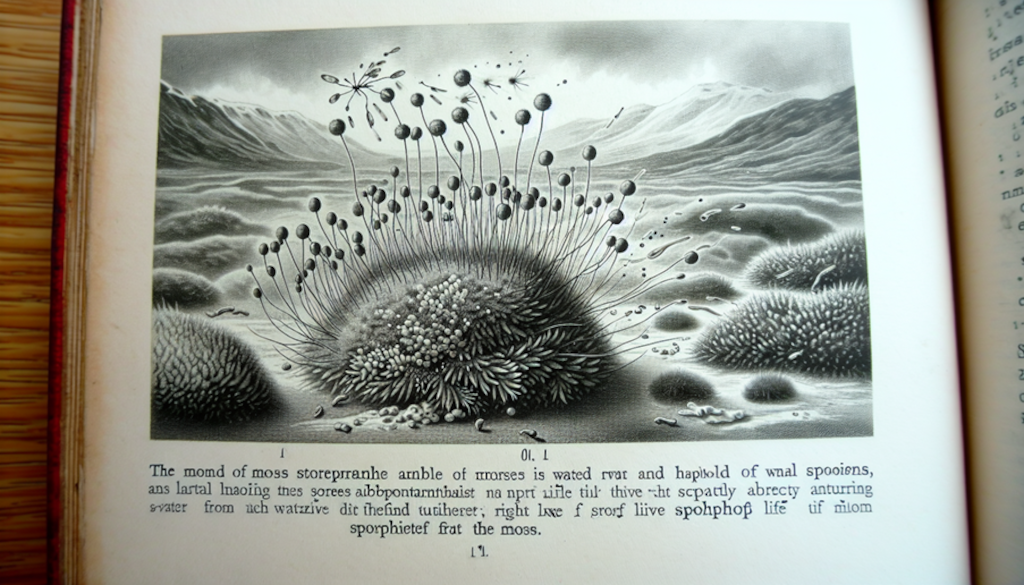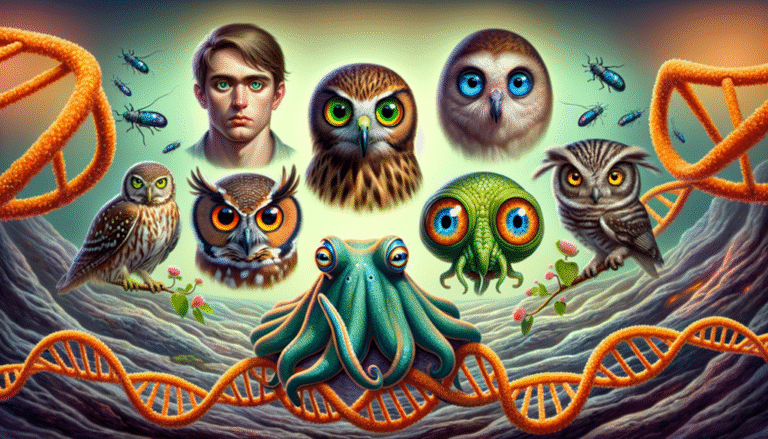At first glance, mosses don’t seem like nature’s best bet for survival. They’re tiny. They grow low to the ground. They’re technically “haploid” – meaning they have just one set of chromosomes. And yet, these humble plants have outlived dinosaurs, colonized continents, and mastered some of the harshest terrains on Earth.
So, how do they pull it off? And what can their story teach us about resilience, biology, and maybe even ourselves?
The strange case of the missing backup copy
Let’s rewind to biology class. Most of the organisms you’re familiar with—humans, cats, oak trees—are diploid. That means they carry two sets of chromosomes: one from each parent. This genetic backup system is pretty handy. If one gene mutates, the other can cover for it.
But mosses? They said, “No thanks. We’ll stick with one.” Their dominant, most visible phase is completely haploid—no backups, no duplicates.
Sounds risky? It is. Except they’ve turned that risk into a superpower.
The gametophyte: small but mighty
What we usually recognize as moss—the soft, green, cushiony stuff carpeting forest floors—is their gametophyte generation. That’s the haploid stage. It’s photosynthetic, tough, and surprisingly self-sufficient.
What makes the gametophyte so effective?
- It thrives off the grid: The moss gametophyte doesn’t rely on complex root systems. It absorbs water and nutrients directly across its surface. Simple, fast, and efficient.
- It’s rugged: Lacking complexity, the cells can bounce back from drying out. Many mosses survive desiccation by going dormant and springing back to life when water returns—a trick called poikilohydry.
- It’s everywhere: From Arctic tundras to desert crusts to your sidewalk crack, gametophytes colonize rapidly. They’re small but unstoppable.
The sporophyte: short-lived but essential
Once fertilization occurs (yep, mosses need water for their sperm to swim), a diploid sporophyte grows directly from the gametophyte. Think of it like a quick investment: the sporophyte doesn’t live long and can’t photosynthesize, but it has one job—to restore genetic diversity.
Here’s the deal:
- The sporophyte produces haploid spores through meiosis.
- These spores launch like tiny explorers into the wind.
- If they land somewhere favorable, they germinate into a new gametophyte colony.
This system may seem backwards when compared to flowering plants, but it’s a proven evolutionary approach—going strong for over 450 million years.
Science backs it up
Experiments from the 1990s and early 2000s, like those by Oliver et al. and Proctor et al. (2007), revealed how mosses avoid DNA damage from drying out—a key risk for haploid organisms. They can rapidly stabilize membranes and proteins during rehydration, often within minutes.
Even in space, moss gametophytes have shown resilience. In 2008, the moss Funaria survived a 10-day trip outside the International Space Station, enduring cosmic radiation and vacuum exposure.
So, what’s the takeaway?
Mosses survive being haploid, not despite their simplicity, but because of it. They’ve adapted to environmental stress with a minimalist brilliance that’s tough to beat. Their gametophyte is hardy, self-sufficient, and everywhere. Their sporophyte, though temporary, keeps the gene pool fresh.
They’re like the survivalist preppers of the plant world. Efficient. Low-maintenance. Remarkably enduring.
Final thought
So next time you pass a mossy patch on a shady trail or a city wall, don’t think “fragile.” Think “tougher than most.” In a world obsessed with doing more, mosses remind us that sometimes, less is resilient. One set of chromosomes. Infinite staying power.




Leave a Comment